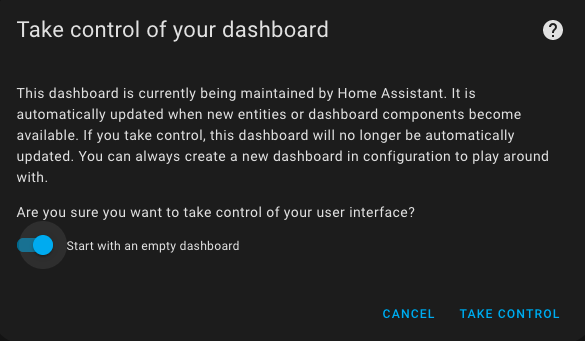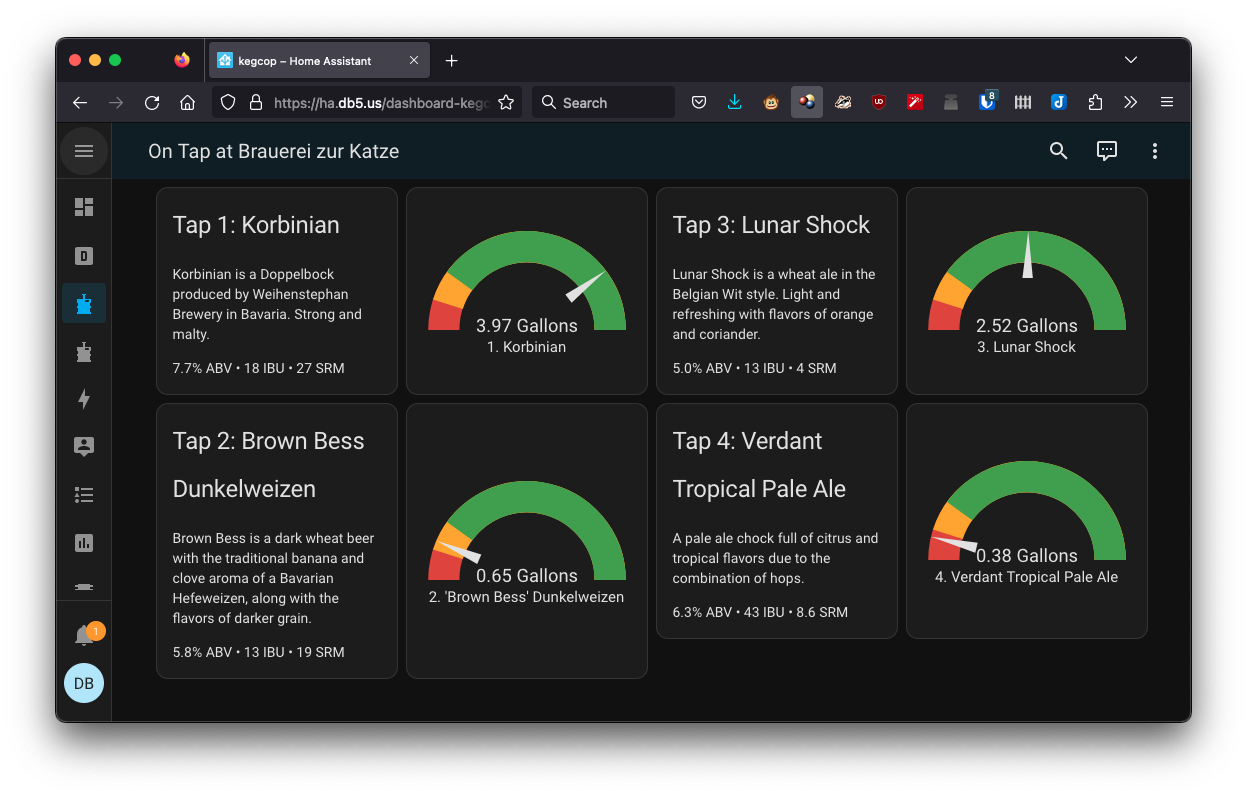Amazing thanks, I use fusion 360 which gives you an option under export -> STEP. This gives the used the actual most rather than the mesh which makes it easier to modify and play with.I’ll take a look tomorrow when I’m at my desk. It’s possible, but I’ve never done it.
I’m just trying to modify the design for the sensor box you created to fit the flow sensor 3x board, I am thinking it might be easier to modify the PCB to fit in the same space actually now but is good to have options!
Thanks for your help






![Craft A Brew - Safale BE-256 Yeast - Fermentis - Belgian Ale Dry Yeast - For Belgian & Strong Ales - Ingredients for Home Brewing - Beer Making Supplies - [3 Pack]](https://m.media-amazon.com/images/I/51bcKEwQmWL._SL500_.jpg)





























































